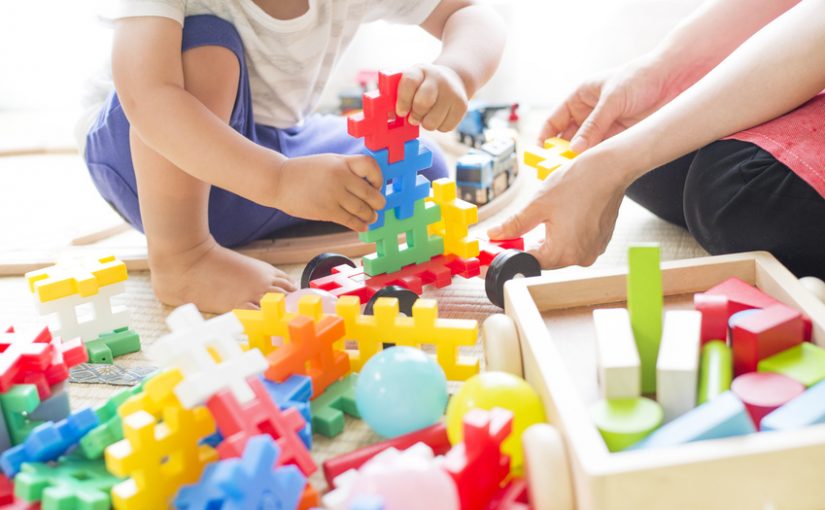Preschool programs are becoming more and more popular among children these days. This presents a unique challenge for parents who are wondering how to find a preschool that will give their children the care and experience that they deserve. The percentages of 3- and 4-year-olds enrolled in preprimary programs in the year 2013 (42 and 68 percent, respectively) were higher than the percentages enrolled in 1990 (33 and 56 percent, respectively) but not measurably different from the percentages enrolled in 2000 or 2012. Such data shows you that there are more preschool programs than ever before. For this reason, it is even more difficult for parents who are wondering how to find a preschool that meets all the requirements that might be found on a typical preschool checklist. If you’re a parent and you’re wondering how to find a preschool for your child, then here are a few key things you should keep in mind.
Look for a preschool that makes grade school readiness a priority
While many parents make the mistake of thinking of preschool as a glorified daycare center, this could not be further from the truth. When you find the right preschool, you will notice an obvious difference in your child’s growth and mental faculties. Finding a school that places a strong emphasis on preparing your child for kindergarten and beyond is an excellent option for any parent who is wondering how to find a preschool. Start by searching for preschools that prioritize grade school readiness, and you will surely be off to a strong start on your search.
A good preschool will encourage students to explore their natural gifts and talents. Conversely, teachers will also have the ability to identify any areas in which your child is lacking. Once problem areas are identified early on, it is far easier to make the adjustments needed to ensure that your children stay on track in grade school and beyond. Setting up the right academic foundation in preschool is crucial toward creating a positive educational journey for your child as they grow and develop.
Don’t overlook the importance of finding a school with summer camp programs
If you’re not sure what to look for in a preschool, then it can be helpful to find schools that offer ongoing summer camp programs. With continuous educational and recreational programs throughout the summer months, you give your child more room to explore their environment, learn, and socialize. Summer camp programs often provide unique educational opportunities that just don’t exist in traditional preschool programs. Each one of these details can make all the difference when you’re stumped on how to find a preschool for your child.
Tour a preschool to get a better view of things
Finally, you should never be ashamed to request a tour of a preschool that you are considering for your child. In fact, many preschools offer tour days for prospective parents and students. A tour can be an invaluable resource, as it provides you with a more accurate picture of the day to day life of the classroom, recreational, and academic settings that your child will experience. A tour can also help you to learn a bit more about the school through speaking with teachers and other staff members firsthand.
Regardless of what stage you’re at in the process, it’s okay to be confused about how to find a preschool for your child. For most people, it’s the first time they’ve had to find a preschool, so there’s no shame in reaching out and asking for some help along the way. At Learn and Grow Academy, we pride ourselves on offering an excellent academic program and wide range of recreational activities that help to prepare your child for the academic and social environments of grade school. Reach out and get in touch with a member of our team today for more information. We would love to help you as you continue your search to find the right preschool program for your child.







 Simply put, working parents need reliable and affordable childcare. It’s considered a necessity in today’s society. But there isn’t necessarily one type of childcare that’s right for every family. With so many options available to today’s families, it can be difficult to know which kind of childcare arrangement will serve your needs. But if you thought that day care centers should be at the top of your list, you might want to rethink your strategy.
Simply put, working parents need reliable and affordable childcare. It’s considered a necessity in today’s society. But there isn’t necessarily one type of childcare that’s right for every family. With so many options available to today’s families, it can be difficult to know which kind of childcare arrangement will serve your needs. But if you thought that day care centers should be at the top of your list, you might want to rethink your strategy.



